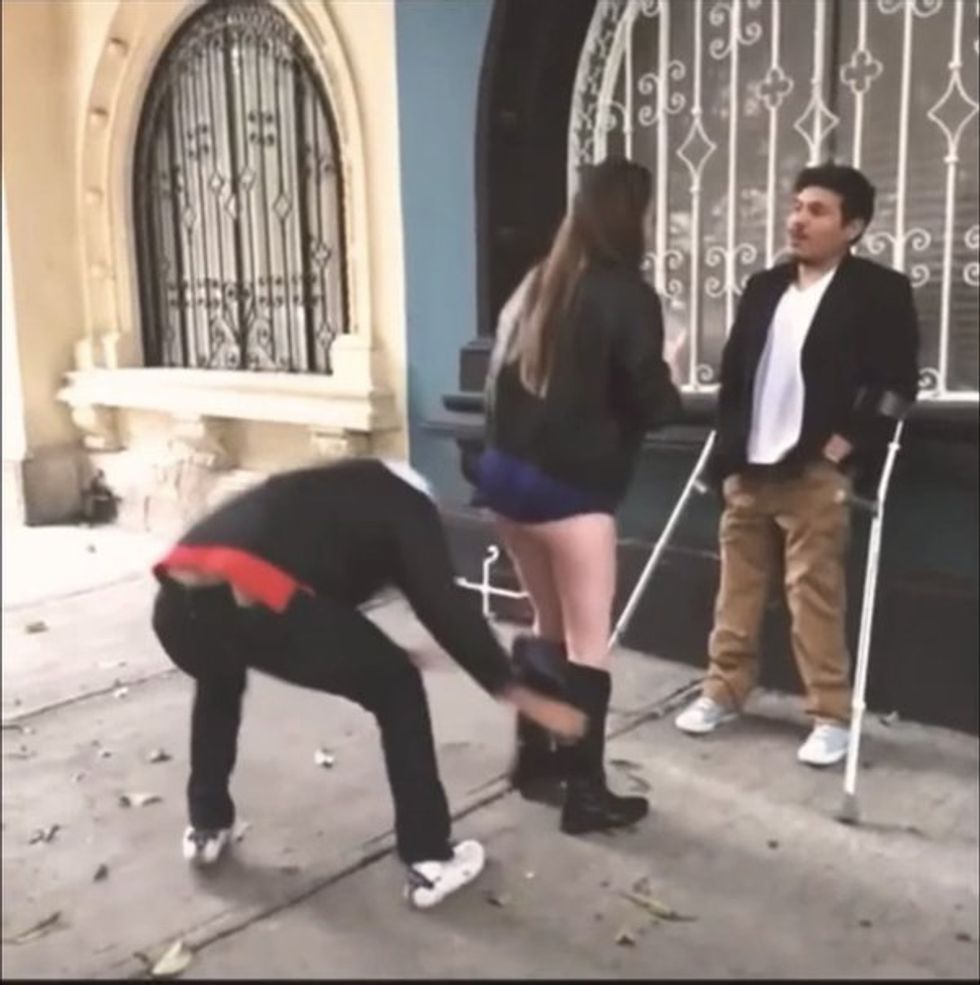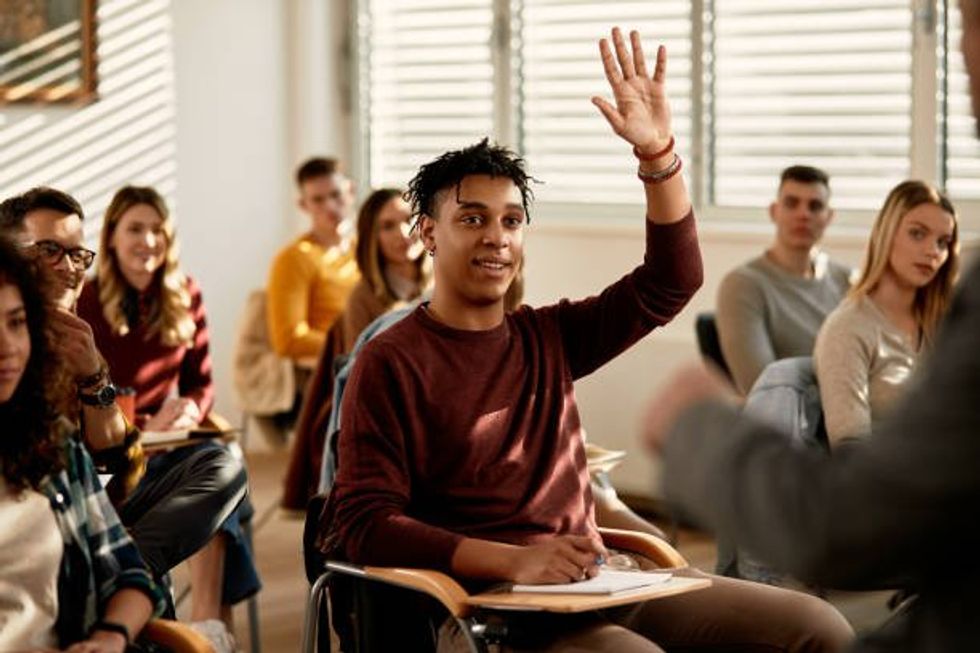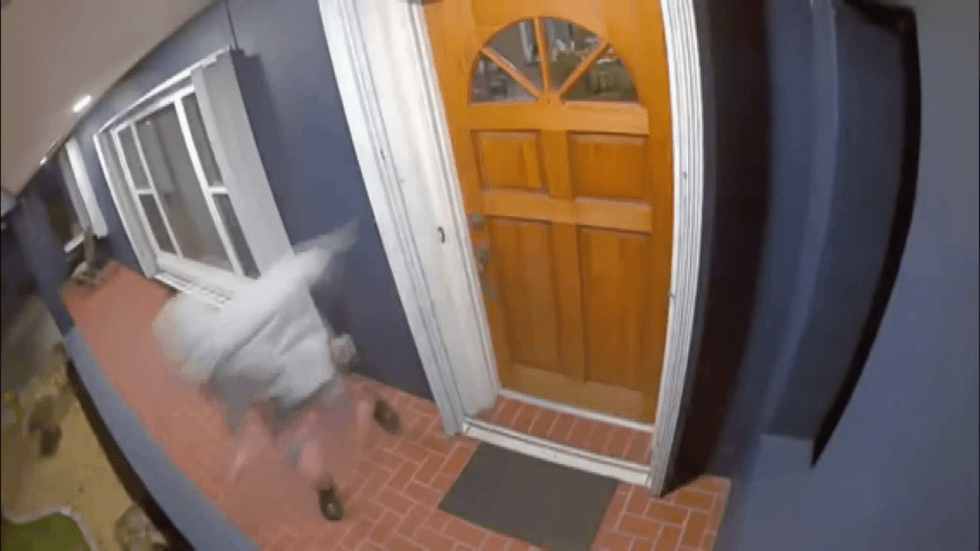STUDENTS FIRST 1. When creating and evaluating classroom procedures, keep the students in mind. What will pupils learn, how will they learn it, and how will they show that they have learned it? These questions are based on the learning experience's trajectory, with a focus on the learner.
In a recent teacher planning conference that I attended, for example, the discussion began with the teacher identifying the book that she would read to the class and the skill that she would model during the read-aloud.
While these are unquestionably significant aspects of the lesson, they place a greater emphasis on the teacher than on the learner. The questions above redirect the discussion to the lesson's goal, which is to educate students how to make responsible judgments by studying the book's characters and their actions. Students would make a storyboard after listening to the storey, depicting the events and the character's decision, as well as an alternate decision and various endings. The teacher's responsibility would be to guide the students through the read-aloud and modelling, as well as provide feedback as they worked in groups to complete the storyboard.
When you describe classroom situations through the eyes of a student, you emphasise the importance of learning and the learner. Adults' actions are now focused on how they will affect and help students. Students are aware of what they are learning and how they are learning it, allowing them to participate actively in their education.
2. Create a learning strategy based on assets. Students' assets are valuable qualities that they offer to the classroom. Some assets are academic, while others add to the classroom learning community through temperament, character qualities, experiences, and hobbies.
Biliteracy, for example, is a valuable skill. When native Spanish speakers learning English collaborate with other kids in the classroom to identify items in both English and Spanish, everyone learns a new language. When sitting with a student who is having a difficult day, an empathic student uses their asset to make their classmate feel supported.
When kids share their talents and abilities, it is critical that teachers acknowledge them. Recognition can take the form of a spoken, visual, or written signal. Every Friday, as a teacher, I sent a message home to one of my middle school students' parents. The note acknowledged the student's contributions to the classroom community as well as their progress as a learner or achievement in the classroom. I kept track of who received the notes and made sure that at least once a semester, each student's parents received one.
Students' academic assets are the abilities, methods, and background knowledge they bring to class. Teachers are building on students' assets when they use earlier learning as a starting point for education. Teachers can do this in a variety of ways, one of which is through the feedback they provide to their pupils.
Students should receive verbal and written criticism that details what they can do, what they need to improve on, and how to get there. Students gain considerably in their learning when they receive feedback that is clear, actionable, and corresponds to the stated learning targets; they hear the message that they are learners, and that learning is an active and ongoing process. Students can learn to self-regulate and manage their own learning with continual modelling and targeted instruction.
3. Shift the focus away from the issue of learning loss. Instead, concentrate on the learning process as a whole. Students may unknowingly be receiving the message that they can't catch up due to the emphasis on what they didn't learn over the previous year. Educators can handle this by being very familiar with the learning progressions of standards, which introduce new abilities while also reinforcing existing ones. Knowing how standards are linked can help teachers encourage students as they progress along the continuum and send a message to their pupils about the importance of a growth attitude.
A teacher can examine how the skill of providing evidence to support an argument improves over time by looking at the New York State English Language Arts standards, for example. Each grade-level standard specifies a different instructional focus:
Third graders back up a claim with evidence.
Fourth graders pay close attention to facts and details.
Clear reasoning and appropriate proof are used by fifth graders.
Despite the fact that the standards are grade-specific, the teacher can use them to modify instruction. Following the assessment of draughts, the instructor can differentiate instruction based on the standards' progressions. As a result, students participate in educational experiences that help them progress in their studies.
Students whose work demonstrates that they can back up their claims with specifics participate in an activity in which they sort sentence strips into three categories: argument, fact, and detail. Another group of students, whose work displays their ability to apply logic and evidence, participates in an exercise in which they score a list of evidence from most relevant to least relevant in terms of how effectively it supports an argument.
As a result, all students are working toward the same objective of learning how to utilise evidence to support an argument, but they are starting from various places. Students participate in differentiated learning activities that convey that they are all learning from a position of strength.
These steps can help you create a learning culture and increase collective efficacy. Students must always identify themselves as learners and feel a sense of belonging to a community that values all forms of learning.
If you are in need of great tutoring Calgary or online tutoring Calgary check out GettaTutor.com




 Going to the cinema alone is good for your mental health, says science
Going to the cinema alone is good for your mental health, says science












 women in street dancing
Photo by
women in street dancing
Photo by  man and woman standing in front of louver door
Photo by
man and woman standing in front of louver door
Photo by  man in black t-shirt holding coca cola bottle
Photo by
man in black t-shirt holding coca cola bottle
Photo by  red and white coca cola signage
Photo by
red and white coca cola signage
Photo by  man holding luggage photo
Photo by
man holding luggage photo
Photo by  topless boy in blue denim jeans riding red bicycle during daytime
Photo by
topless boy in blue denim jeans riding red bicycle during daytime
Photo by  trust spelled with wooden letter blocks on a table
Photo by
trust spelled with wooden letter blocks on a table
Photo by  Everyone is Welcome signage
Photo by
Everyone is Welcome signage
Photo by  man with cap and background with red and pink wall l
Photo by
man with cap and background with red and pink wall l
Photo by  difficult roads lead to beautiful destinations desk decor
Photo by
difficult roads lead to beautiful destinations desk decor
Photo by  photography of woman pointing her finger near an man
Photo by
photography of woman pointing her finger near an man
Photo by  closeup photography of woman smiling
Photo by
closeup photography of woman smiling
Photo by  a man doing a trick on a skateboard
Photo by
a man doing a trick on a skateboard
Photo by  two men
two men  running man on bridge
Photo by
running man on bridge
Photo by  orange white and black bag
Photo by
orange white and black bag
Photo by  girl sitting on gray rocks
Photo by
girl sitting on gray rocks
Photo by  assorted-color painted wall with painting materials
Photo by
assorted-color painted wall with painting materials
Photo by  three women sitting on brown wooden bench
Photo by
three women sitting on brown wooden bench
Photo by 
 Photo by
Photo by  Photo by
Photo by  Photo by
Photo by  Photo by
Photo by 


 people sitting on chair in front of computer
people sitting on chair in front of computer



 all stars lol GIF by Lifetime
all stars lol GIF by Lifetime two women talking while looking at laptop computerPhoto by
two women talking while looking at laptop computerPhoto by  shallow focus photography of two boys doing wacky facesPhoto by
shallow focus photography of two boys doing wacky facesPhoto by  happy birthday balloons with happy birthday textPhoto by
happy birthday balloons with happy birthday textPhoto by  itty-bitty living space." | The Genie shows Aladdin how… | Flickr
itty-bitty living space." | The Genie shows Aladdin how… | Flickr shallow focus photography of dog and catPhoto by
shallow focus photography of dog and catPhoto by  yellow Volkswagen van on roadPhoto by
yellow Volkswagen van on roadPhoto by  orange i have a crush on you neon light signagePhoto by
orange i have a crush on you neon light signagePhoto by  5 Tattoos Artist That Will Make You Want A Tattoo
5 Tattoos Artist That Will Make You Want A Tattoo woman biting pencil while sitting on chair in front of computer during daytimePhoto by
woman biting pencil while sitting on chair in front of computer during daytimePhoto by  a scrabbled wooden block spelling the word prizePhoto by
a scrabbled wooden block spelling the word prizePhoto by 








